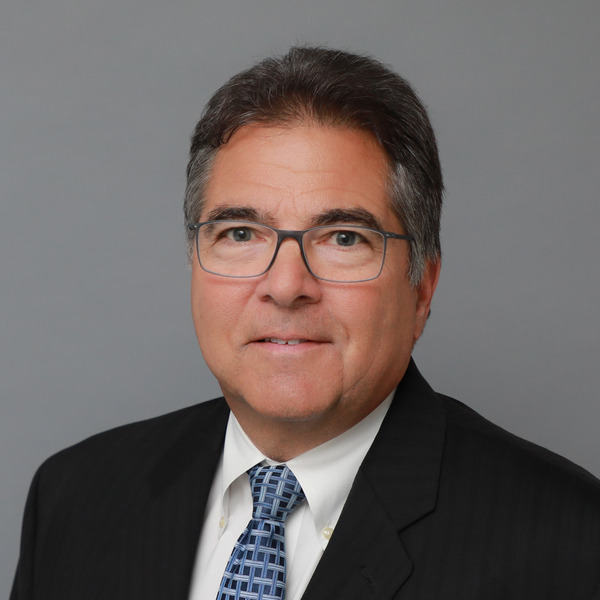
By Ken Innella, President at LF Driscoll
In recent years, healthcare construction projects in Pennsylvania have been responding to more stringent reviews elated to patient care risks. These reviews not only apply to spaces undergoing renovation but even those areas of a department untouched for the scope of the project.
“Some hospital regulatory departments are engaged much earlier in the design process and remain involved in the construction process until the Pennsylvania Department of Health’s Division of Acute and Ambulatory Care (DAAC) inspection. As the Division of Safety Inspection approaches, regulators ramp up their involvement by increasing the amount of jobsite walkthroughs, creating detailed lists of outstanding issues within the space to prepare for DAAC,” says Ken Innella.
Before being named president of the construction management firm LF Driscoll in 2022, Innella oversaw several of the firm’s key healthcare construction projects throughout Pennsylvania. This specific experience, along with the 40 years he has worked in construction, provides him with a unique perspective on the current healthcare industry in the MidAtlantic region.
Among the trends Innella is observing is the increasing use of LEAN construction practices, the addition of single-bed patient towers and an influx of ambulatory care projects. “These ambulatory care facilities are designed to capture more demand and feed into the institutional healthcare system. The administrative areas are being constructed with a greater emphasis on telemedicine services, with HIPAA privacy requirements built into all design decisions. The construction of these spaces calls for additional soundproofing, which involves installing sound-rated walls, doors, and acoustical ceiling,” he says.
Like most markets, healthcare projects continue to experience supply chain issues. Although it is improving, some critical equipment in high demand can take up to a year to procure, leading to projects being postponed. Aging infrastructure and increased compliance requirements also present challenges. Innella notes, “Unfortunately, due to the ripple effect of lost revenue during COVID, some healthcare institutions now lack the funds to address decaying infrastructure and are struggling to maintain their facilities or to pay for any upgrades they had underway.”
